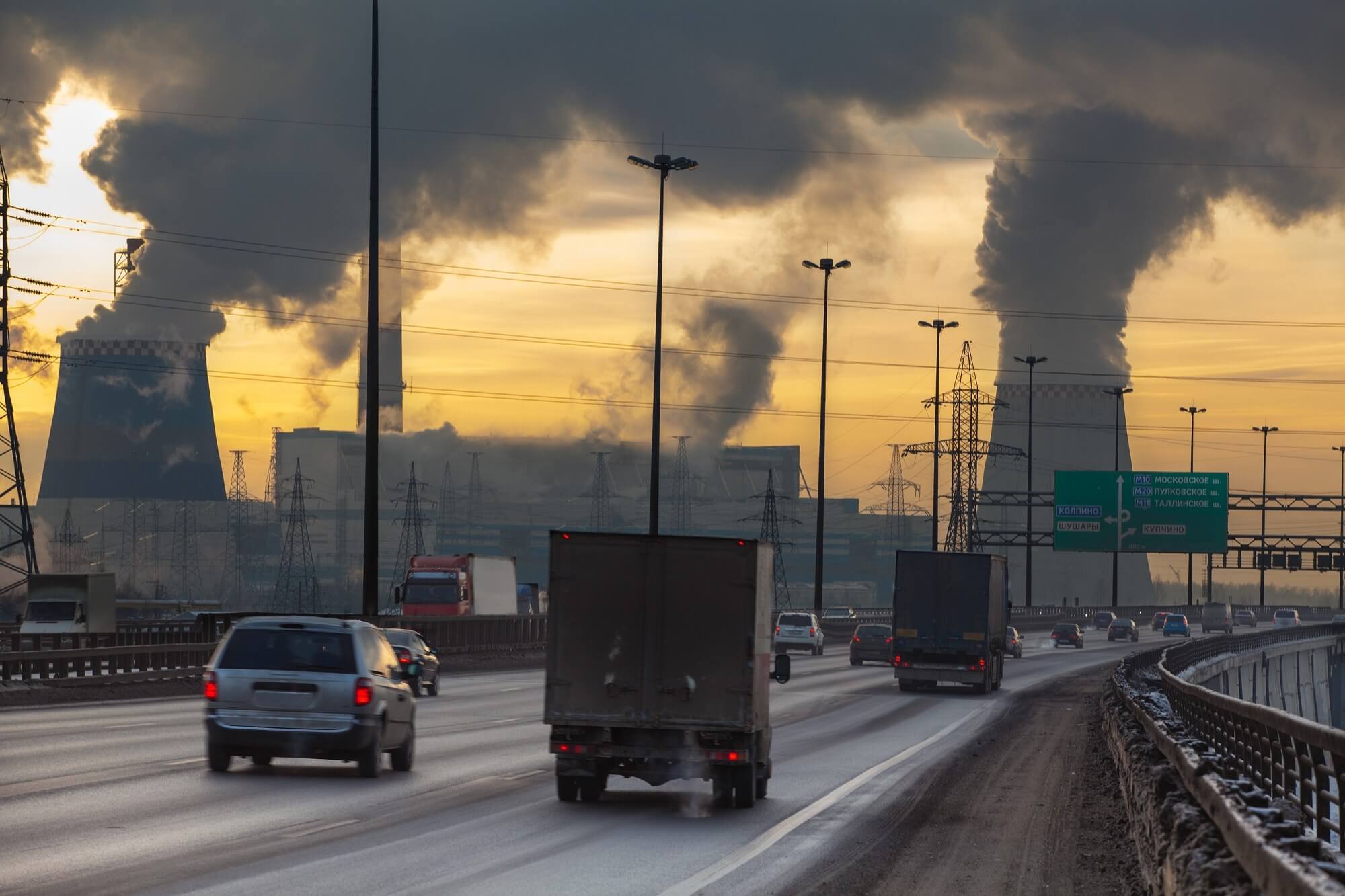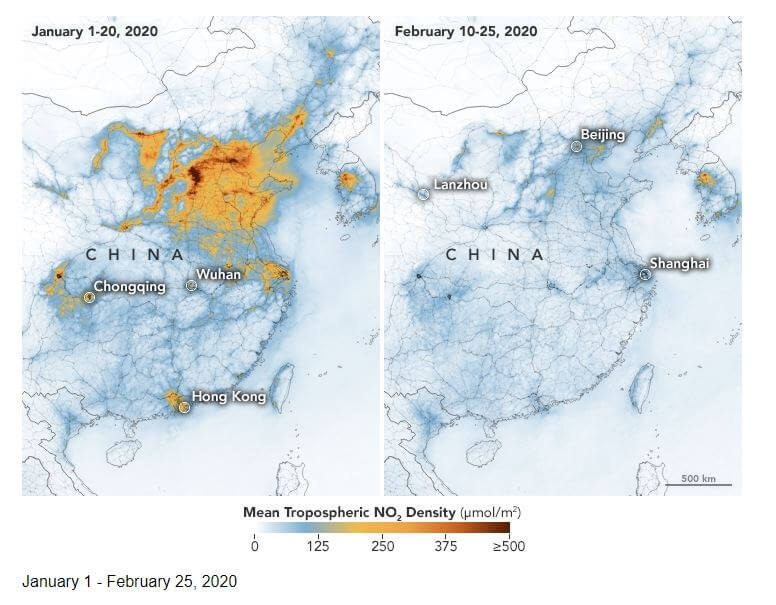In a nutshell: The coronavirus outbreak isn't just affecting people's lives, it's also having an impact on the planet---a positive one. As factories close and fewer people use their cars, levels of air pollution and CO2 have been falling in regions across the world.
The effect was first detected by NASA and the European Space Agency, which released satellite images showing a significant reduction in nitrogen dioxide emissions (NO2) in Chinese cities between January and February. NO2 is released by cars, factories, and power plants, and remains close to where it is emitted.
The European Space Agency's Copernicus Sentinel-5P satellite showed northern Italy has also seen reductions in nitrogen dioxide emissions since lockdowns in the region were put in place.
Researchers told the BBC that New York has seen carbon monoxide emissions, which come mainly from cars, reduced by nearly 50 percent compared to last year. Traffic levels are estimated to be down by 35 percent, and there has been a 5 - 10 percent drop in CO2 over the city. Methane emissions are also down.
Even Los Angeles, a city known for its pollution and smog, has seen a drastic improvement in air quality as people stay at home.
I know we're all contemplating the pandemic, but check this out. Air quality in SoCal right now isn't good. It's incredible. Like numbers from another era. It's not just the rain. Having less traffic is making our city more livable. Think about it. pic.twitter.com/GPNIzDnmXj
--- Peter Flax (@Pflax1) March 18, 2020
With the aviation industry stopping flights, it's predicted that countries around the world will experience a fall in emissions. "I expect we will have the smallest increase in May to May peak CO2 that we've had in the northern hemisphere since 2009, or even before," said Prof Róisín Commane, from Columbia University, who carried out the New York air monitoring work.
One caveat to the findings is that carbon emissions are expected to increase once the coronavirus situation improves. Following the global financial crash in 2008-2009, emissions shot up by 5 percent as fossil fuel use jumped.
Image credit: Kekyalyaynen via Shutterstock

